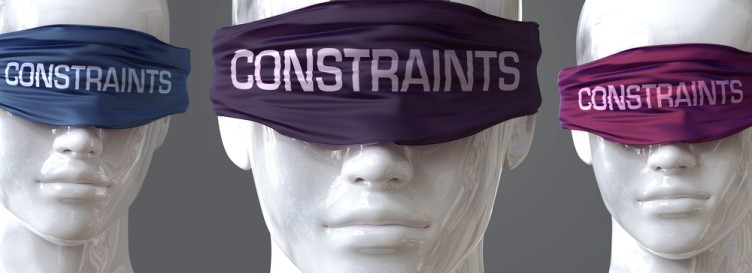
I first came across the Theory of Constraints (TOC) when I was selling to heavy industry – Forestry, Paper, Concrete and Energy. Being an enterprise seller I quickly learned to immerse myself in the world of my buyer and got lucky that one exec pointed me to a book, ‘The goal: A Process of Ongoing Improvement’, which was a novel-style narrative that illustrated the key principles.
In essence, the TOC asserts that there is always at least one constraint that limits an organization’s ability to achieve its goals and that improving this constraint until it’s no longer the limiting factor will lead to better performance… Sounds simple when you say it out loud, but this is a lens through which most execs forget to view their business.
Don’t spin all the dials at the same time!
My organization, SaaSy Sales Leadership is getting a name for conducting organizational MRIs of sales functions to answer performance issues or to prepare for accelerated scaling. Inevitably we find many areas of opportunity and excited executives will then turn to the enablement function and say, “Please fix all that – Yesterday, if not sooner.”
I see an analog of this happening all the time and the clear issues are:
- You don’t have the capacity to do a thorough and complete job
- The team is overwhelmed by change and it bounces off
- You can’t measure the impact of specific changes because you moved all the dials at the same time.
It is hard to hunt if you don’t know where to look
Here is an example :

I worked with a company last year that found that their sellers weren’t self-generating enough pipeline. Our findings showed that their mindset was that they couldn’t be successful in this market and therefore were not committing fully to the process. The usual prescription is some performance mindset training (Perhaps from an org like Valor Performance, Inc. – They are awesome) but on closer inspection, this would have failed if done first.
The bigger constraint was that reps were spending hours hunting for prospect data, rather than applying their energies to actual prospecting. By stepping back and analyzing the effort and effectiveness through the entire funnel, we realized [TOC] that the biggest constraint was caused by having to Google prospect company details (Their ICP is a specialist one that doesn’t exist in the standard contact data tools you have access to).
The solution was to create a data operations function that flooded the CRM with fresh suspect data every week, which then gave reps a jump-start in confidence: “Wow, LOOK at all these companies we can go after!“
Applying the TOC in your org
The simple (and incomplete) answer is to get your version of the funnel data (Many of you will be using the bow-tie from our friends at Winning By Design) and look at where the leakage or constraints are. That is a good way to focus your attention; you then need to start your version of the ‘five why’s’ to understand the real constraint. For example, you may see a massive drop-off after the initial discovery call – This could indicate that your reps need to do a better job during this interaction. It could ALSO mean that your reps are meeting with non-ICP companies or even the wrong persona.
This document was written in June – A good time for a mid-year zoom out to find your addressable constraint (Just in time for the ‘re-plan’ request you are getting ready for the board).
If you want to get a real view of your constraints and what to do about them, then we are here to help. Have a look at the questions we can answer for you.



